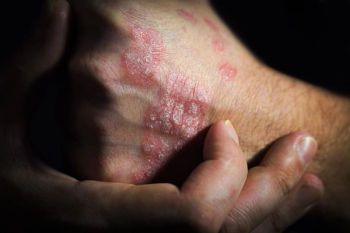
Managed Care Cast Presents: Leveraging Topical Therapies for Pediatric Atopic Dermatitis
Experts discuss how topical therapies effectively manage atopic dermatitis in pediatric patients, enhancing outcomes and addressing unique challenges.
Today, we are bringing you a conversation on how topical therapies can effectively manage atopic dermatitis.
Brian Keegan, MD, PhD, FAAD, a dermatologist with Princeton Dermatology, spoke with:
- Alexa Hetzel, MS, PA-C, physician assistant with Schweiger Dermatology Group
- Vikash D. Oza, MD, director of pediatric dermatology at NYU Langone
- Amy Spizuoco, DO, FAOCD, dermatologist and dermatopathologist at True Dermatology
In addition to discussing the clinical benefits and impact on patient outcomes of using topical therapies for atopic dermatitis, the panelists explored how health economics research informs treatment decisions by demonstrating the cost-effectiveness and accessibility of topical therapies. The panel also analyzed the potential health care cost savings and resource optimization achieved through strategic use of topical treatments and atopic dermatitis management.
The experts noted that the experience of adolescent and pediatric patients with atopic dermatitis differs from adults, and they have their own unique challenges, which impact the types of medicines chosen.
Oza also highlighted the chronic nature of the disease.
“We often see patients who've been experiencing their disease at a level we wouldn't want them to for a while, and I think it's important to say it's a chronic condition,” he said. “Eczema is not a 1- or 2-week issue that you have for your child. This is something that, for many families, they're going to be dealing with for years on end.”
When families come into the clinic, there is a lot of hand-holding, Spizuoco said, to explain the treatments. She recommends having handouts and doing demonstrations to show basic skin care and how to pat dry instead of rubbing dry.
Topicals play a role for every pediatric patient, Hertzel added, because some patients are hesitant to get a shot or can’t swallow pills.
“We may be only left with topical options, and with the chronicity of the disease, maybe we want to get control in a short term and use something where we're just kind of plowing it down so they're not so itchy, they can sleep, and everybody in the family can sleep as well,” she said.
Listen above or on one of these podcast services:
Newsletter
Stay ahead of policy, cost, and value—subscribe to AJMC for expert insights at the intersection of clinical care and health economics.









































